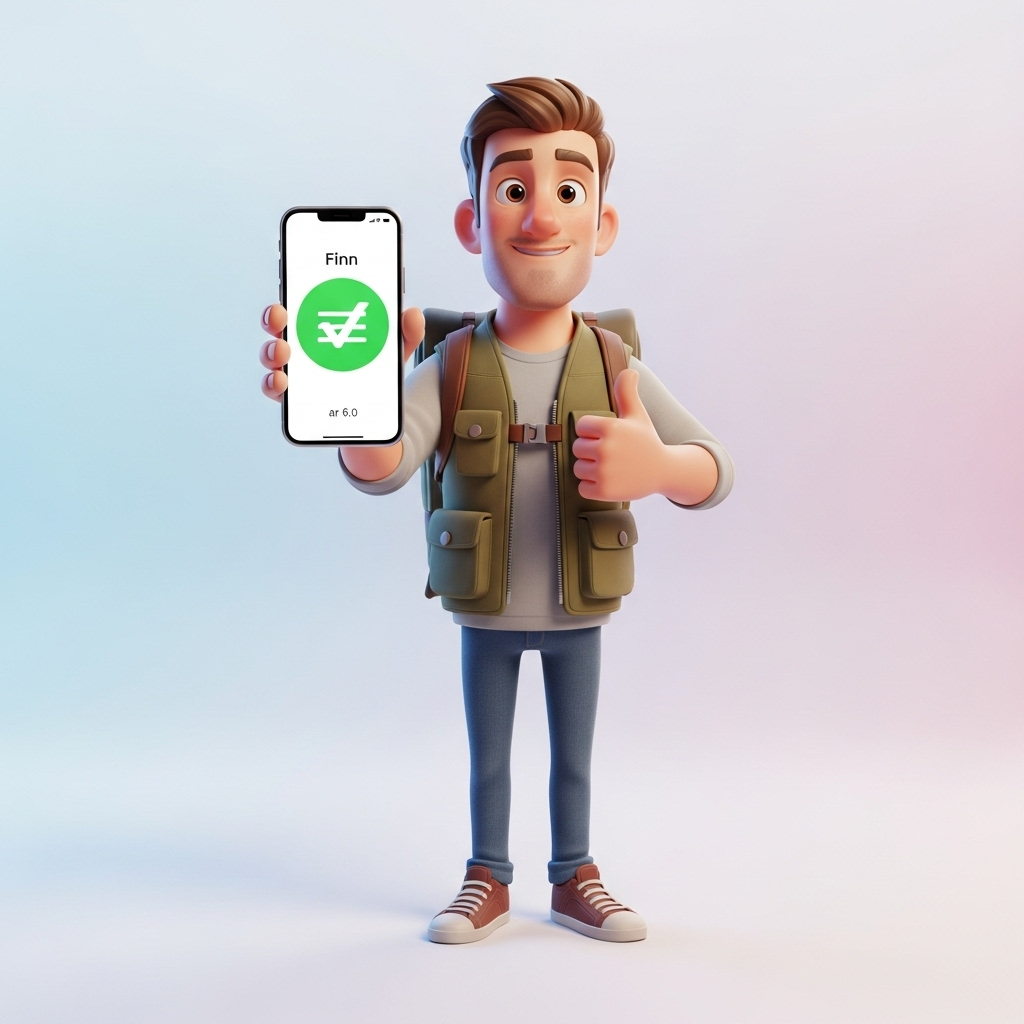Coming to China?
Here's How to Pay for Everything 🇨🇳
Paying for things in China is easy, but it's very different from the rest of the world. This guide is your central hub to setting up mobile payments, fixing common problems, and handling money like a local.

Your China Payment Toolkit
Start with these essential guides to get set up and solve key questions.
Having a Problem?
Payment failed? Stuck on a specific error? We have a guide for that.
- "Card Declined"
- Solution for general decline errors →
- "Unsupported Card for This Service"
- Solution for card type rejection →
- Can't Receive SMS Verification Code
- Solution to get your SMS codes →
- Issuer Declined (e.g. C6-1011)
- Solution when your bank blocks the payment →
- Name Mismatch on Card
- Solution for passport vs. bank card name issues →
- Understanding Payment Caps
- Explaining the transaction limits for foreigners →
- How to Get a Refund?
- A step-by-step guide to Alipay refunds →
- Do I Still Need Cash?
- Our definitive answer for 2025 →
Advanced Tools & Specific Solutions
Dive deeper with our specialized tools, regional guides, and practical scenarios.
Tool: Card Compatibility Checker
Not sure if your bank or card type will work? Check our community-sourced compatibility list.
Check Compatibility →Tool: Payment Error-Code Lookup DB
Look up error codes and get explanations for common payment failures in China.
Error Code Lookup →Guide for Singaporeans (OCBC)
A dedicated guide for users with Singapore's OCBC bank accounts to link directly with Alipay.
Read the Singapore Guide →Guide for Malaysians
Step-by-step instructions for Malaysian users to connect their local bank accounts for payment.
Read the Malaysia Guide →Scenario: Paying for Taxis
Forget fumbling for cash. Learn the simple steps to pay your taxi driver instantly by scanning a QR code.
Read the Taxi Guide →Scenario: Riding the Subway
Navigate China's extensive metro systems using just your phone. We'll show you how to activate the transport code.
Read the Subway Guide →